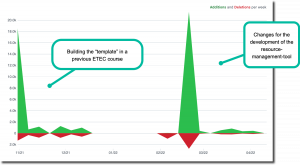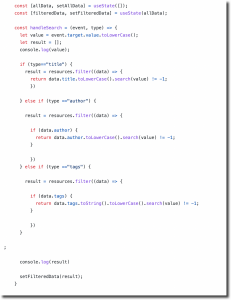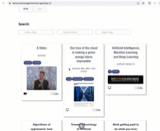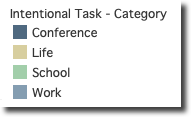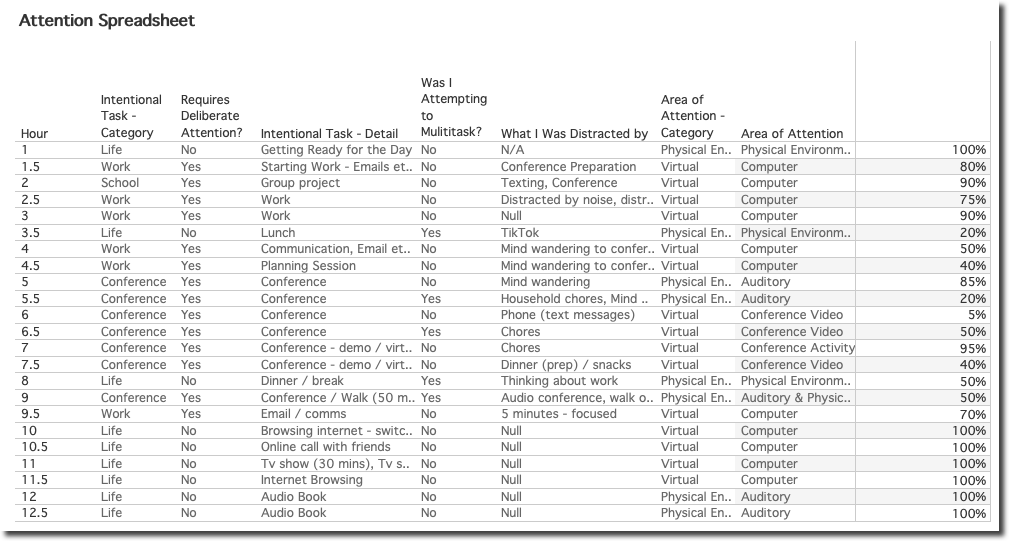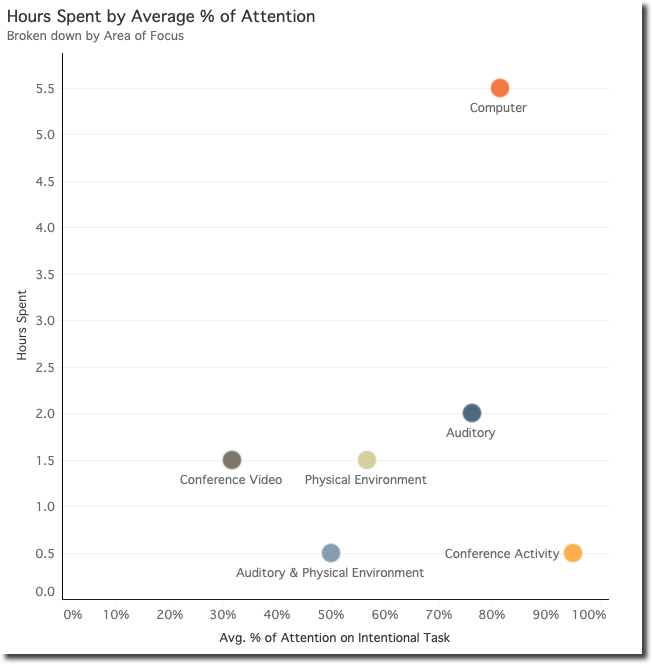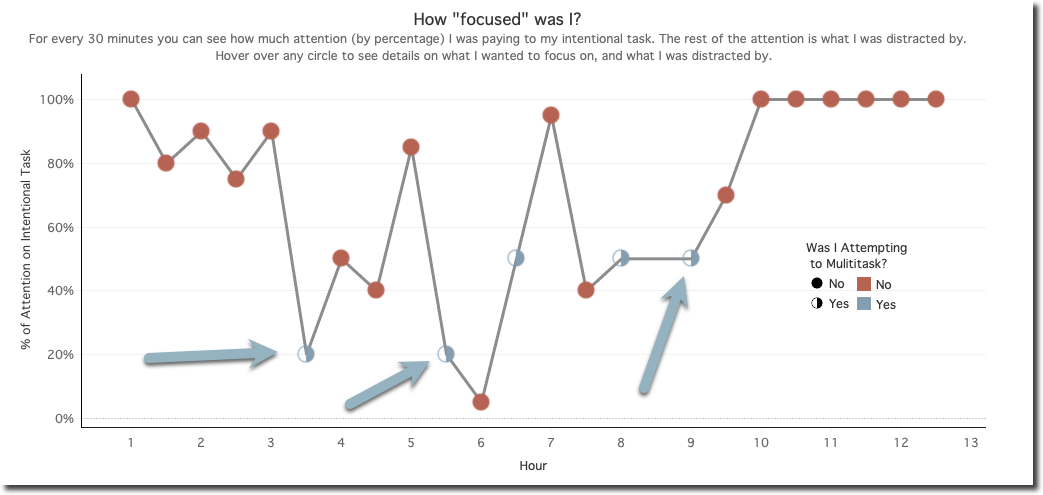Dear Reader, this piece has intentionally been written in the style of a blog post, but don’t worry I don’t have any affiliate links.
 “That Chocolate Cake” by SliceOfChic is licensed under CC BY-NC-ND 2.0
“That Chocolate Cake” by SliceOfChic is licensed under CC BY-NC-ND 2.0



PageRank, Algorithms, and Corporations (oh my)
PageRank makes finding a popular cake recipe website really easy, but getting to that cake recipe really frustrating. You have to read through someone and their dog’s entire life history, numerous links to other recipes, all as a way to maintain engagement and show you as many ads as possible.
Let’s try to get to that cake recipe …
My Google Search for a cake recipe, followed by one minute of scrolling to get to a recipe, sped up to 10 seconds. This video emphasizes the scale, volume and specificity of advertisements shown to me by Google's algorithm.
Now, this seems to fall into the category of and annoying but innocuous part of daily life. Maybe the blogger is making some amount of revenue (probably not) for their digital labour and placement of those ads (via Google AdSense) and your engagement with them. More likely, however, Google is profiting off of the work and associated advertisements. Profiting financially, but also in the collection of your data, which is now seen as a commodity or source of capital (Crawford, 2021).
Page What?
But, why is this happening? PageRank (and other algorithms involved in Search Engine Optimization, SEO) and content prioritization. The higher the scoring the page you’ve come from, the higher score you get. If I’m an advertiser, I want the most traffic to my site, and I want to be improving my PageRank as I do it. So, I want my ads to be placed in as many high traffic websites as possible, because I also want to be able to share in the PageRank of those sites. This will increase my websites score, and hopefully push it further to the top of a search result. There is probably not a young marketing guru sitting and deciding which websites I should work with to make careful and thoughtful placements of those ads – it is more likely an algorithm. The more resources we interact with on the internet, the more likely we are going to be shown related ads, and often those ads have been promoted or placed by some algorithm. After all, algorithms are fast and cheap (Neyland, 2019). Advertisement and its proliferation is an important part of PageRank and content prioritization, as Noble (2018) states, “Google is an advertising company” (p. 5).
My search for cake didn’t directly bring me to an advertisement, although in some cases affiliate companies will be the “top search result”. Google Search might indicate ads in the search results, it will still “want” to show you pages that don’t seem like ads that you are likely to interact with that will ultimately benefit Google.
The public generally trusts information found in search engines. Yet much of the content surfaced in a web search in a commercial search engine is linked to paid advertising, which in part helps drive it to the top of the page rank, and searchers are not typically clear about the distinctions between “real” information and advertising. (Noble, 2018, p. 38)
A ConsumerWatchdog report showed evidence of Google prioritizing its own subsidiaries partners over competition (Noble, 2018, p. 56). So, PageRank brings me to my cake which may also have affiliations with Google partners, all of whom are waiting for my clicks, and now the invention of PageRank interrupts me all the way to my recipe.

Slavin (2011) introduces the “big red STOP button” as the only form of human interaction in some systems that are algorithmically controlled. He provides examples of elevators designed to group you to your destination, and financial algorithms that exist in a black box, unguided, unsupervised and that will run until the big red button is pushed. However, the button is only included in systems that are deemed to need a failsafe – but who decides on the inclusion of that failsafe? Why would I need a failsafe on my journey to cake?
The risk comes when we forget that Google is a multi-billion dollar company that just so happens to be seen as a reliable source for information, and whose prominence as a “portal to the Internet” (Noble, 2018, p. 153) overshadows other public access points (which cannot afford to compete – after all, they aren’t making any money from my desire for cake). Google’s algorithms are tuned to bring you to advertisements. Google Search uses information about you, your previous interactions, its advertising partners and their information – and in combination with this data from every other user decides which content to show you and in what order. Part of that order may be useful, like the relevance of your search key words (based on how many other people searched cake and ended up clicking the link). However, there is still bias and systemic issues in the algorithms that prioritize content. For example, marginalized and oppressed groups may have some “keywords” negatively associated with them that come from public (as opposed to digital) racism which has been incorporated into a black-box algorithm. Noble (2018) gives the example of her search term “black girls” and how she was immediately shown websites containing porn or racist content.
We must ask ourselves how the things we want to share are found and how the things we find have appeared (Noble, 2018, p. 155)
I Google every day – in a mix of personal, academic, and professional settings that all ultimately influence each other, and me. My life in all of these areas are affected by the information I interact with. It creates a web of information that the algorithm uses to “decide” what else to show me – and does so in a way that seems reliable if not carefully interrogated. The advertisements shown to me in my “journey for cake” are clearly attuned to this – Google sees me as a tech savvy (ad: Dell), mattress needing (ad: Endy), individual, who hasn’t done her taxes (ad: Blackbaud).
What now?
Ultimately, having an understanding of algorithms and recognizing that they are not objective or neutral, but actually shape the world we are in is an important step in interacting with Google and its information. I can use the privilege of having institutional access to various databases to avoid PageRank in some instances. Alternatively, I could influence PageRank by rallying my mass of social media followers (hi, Mom) to search a particular phrase and then always select the same result popular instances of Google Bombing (see “Idiot” https://fortune.com/2018/07/19/donald-trump-idiot-google-bombing/). But first, I’ll have to post my own cake recipe and get it to the top of a Google Search…
References
Crawford. (2021). Atlas of AI Yale University Press.
Meyer D. (July 19, 2018) Reddit users are manipulating Google images to associate ‘idiot’ with Donald Trump. Fortune. https://fortune.com/2018/07/19/donald-trump-idiot-google-bombing/
Neyland, D., Springer Social Sciences eBooks 2019 English/International, DOAB: Directory of Open Access Books, SpringerLink (Online service), & SpringerLink Fully Open Access Books. (2019;2018). The everyday life of an algorithm (1st 2019. ed.). Springer International Publishing. https://doi.org/10.1007/978-3-030-00578-8
Noble, S. U. (2018). Algorithms of Oppression : How Search Engines Reinforce Racism. New York University Press.
Slavin, K. (2011). How algorithms shape our world [Video]. TEDGlobal. https://www.ted.com/talks/kevin_slavin_how_algorithms_shape_our_world?language=en#t-896320
Varagouli, E. (Dec 23, 2020). Everything you need to know about Google PageRank (and why it still matters). Semrush Blog. Retrieved from: https://www.semrush.com/blog/pagerank/
